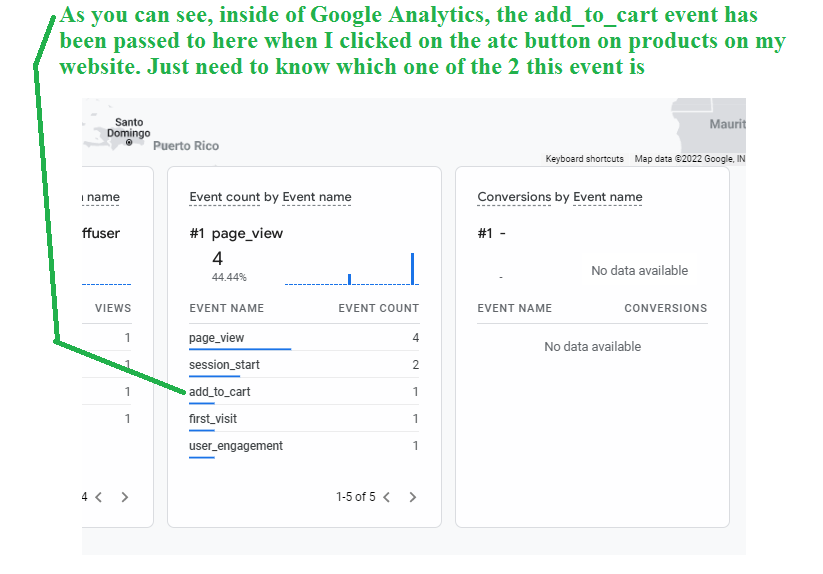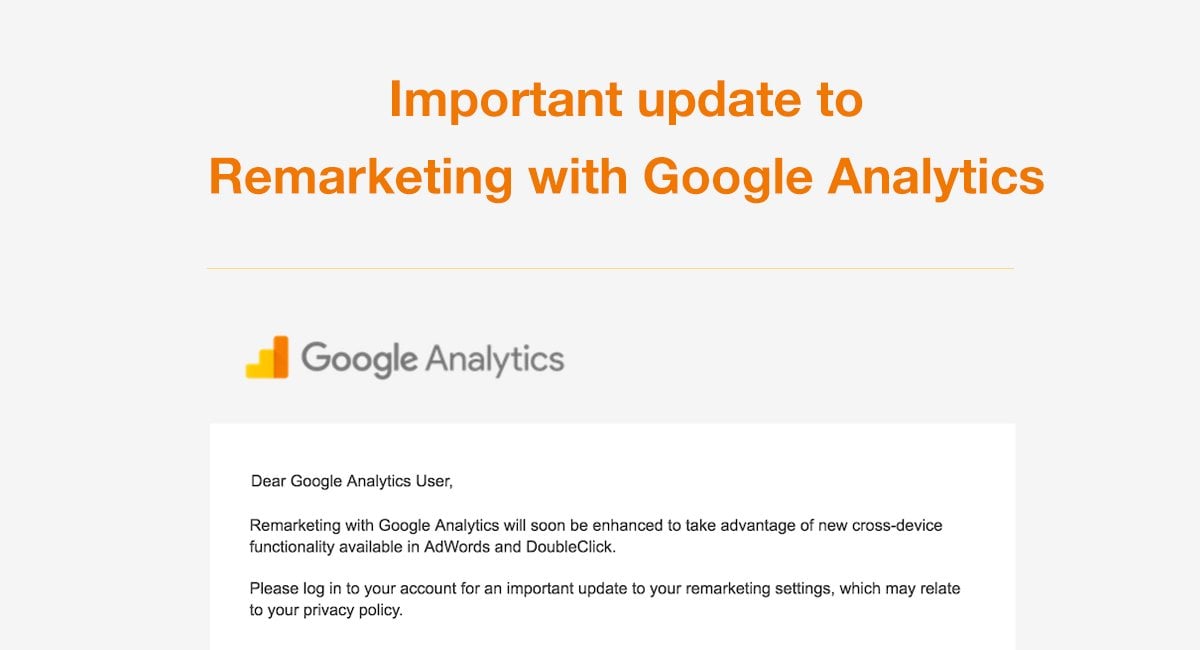Maximize Your ROI With Remarketing in Google Analytics
In the world of electronic marketing, the application of remarketing approaches within Google Analytics has confirmed to be a powerful tool for improving return on investment. By utilizing the power of customer data and tailoring advertisements to details audience sectors, organizations can significantly amplify their conversion rates. The actual crucial lies in the art of precision - recognizing individual habits, crafting engaging advertisements, and continuously refining strategies to drive optimal outcomes. The journey to optimizing ROI via remarketing is a nuanced course led with insights and chances that can improve the trajectory of your marketing endeavors.
Recognizing Remarketing in Google Analytics
Understanding remarketing in Google Analytics is necessary for optimizing your digital advertising and marketing method. Remarketing allows you to target individuals that have actually formerly seen your website or communicated with your application, presenting them with tailored ads as they search other websites or make use of various other apps within the Google Present Network. This approach helps maintain your brand top of mind and motivates individuals to go back to your site, ultimately raising the possibility of conversion.
By using Google Analytics, you can track the efficiency of your remarketing campaigns, acquiring useful understandings right into customer habits, engagement, and conversions. This data enables you to fine-tune your messaging, targeting, and bidding process strategies to boost the general effectiveness of your campaigns.
Moreover, understanding the different sorts of remarketing checklists offered in Google Analytics, such as typical, dynamic, and similar audiences, allows you to create personalized and highly segmented campaigns customized to details user segments. This degree of granularity can substantially improve the significance and effect of your remarketing efforts, ultimately maximizing your return on financial investment.
Establishing Up Remarketing Lists
To efficiently carry out remarketing campaigns in Google Analytics, the preliminary step entails developing and setting up remarketing lists targeting specific individual sections based on their communications with your web site or app. By establishing remarketing checklists, you can tailor your advertising and marketing initiatives to get to customers who have actually currently shown rate of interest in your services or items.
To start, browse to the Admin area of your Google Analytics account and select the Residential or commercial property where you wish to develop the remarketing list. Under the Residential property column, click on 'Target market Definitions' and select 'Target markets.' Next off, click the red 'New Audience' button and pick 'Create New' to define the specifications for your remarketing list.

Crafting Effective Remarketing Advertisements

When crafting your ads, focus on developing attention-grabbing headings and compelling visuals that attract attention to prospective consumers. Incorporate strong calls-to-action that urge users to review your site and finish a preferred activity. Use dynamic remarketing to reveal customized advertisements including services or products that individuals have actually previously watched on your website.
Additionally, make certain that your advertisements are mobile-friendly considering that a considerable portion of net website traffic originates from smart phones. Examination different ad variations to determine which messages and layouts drive the best outcomes. By continuously refining and maximizing your remarketing ads based upon performance information, you can maximize their efficiency and boost your roi.
Studying Remarketing Efficiency

Through Google Analytics, online marketers can track the efficiency of their remarketing projects in real-time, permitting them to identify trends, patterns, and areas for enhancement promptly. By analyzing the data, online marketers anonymous can determine which ads are executing well, which audience sections are responding positively, and which channels are driving the most conversions. This degree of granularity enables marketers to make data-driven decisions to optimize their remarketing campaigns for much better results.
Enhancing ROI With Remarketing
Assessing remarketing data in Google Analytics makes it possible for marketing experts to determine possibilities for maximizing roi (ROI) through calculated see this here adjustments - What Is “Remarketing” In Google Analytics?. To make the most of ROI with remarketing, it is important to understand the habits of your target market. By analyzing user interactions, such as the pages they saw, the products they watched, or the activities they tackled your site, you can tailor your remarketing campaigns better
Segmenting your target market based upon their actions enables you to create personalized and targeted advertisements that are more probable to resonate with them. By revealing appropriate advertisements to details segments of your target market, you can increase the opportunities of conversion and eventually boost your ROI.
Moreover, evaluating different ad creatives, messaging, and offers can aid determine what resonates best with your target market. A/B screening enables you to experiment with various components of your ads to identify what drives the greatest interaction and conversion rates.
Verdict
To conclude, optimizing ROI with remarketing in Google Analytics requires a critical approach to examining user actions, segmenting audiences, creating customized ads, and enhancing project efficiency. By leveraging data-driven understandings and testing different approaches, organizations can improve their remarketing efforts to drive higher involvement and conversion prices. This systematic approach makes sure that sources are efficiently designated towards optimizing rois in remarketing campaigns.
Next off, click on the red 'New Audience' button and select 'Produce New' to specify the specifications for your remarketing list.
By constantly refining and enhancing your remarketing advertisements based on efficiency home information, you can maximize their efficiency and boost your return on investment.
By diving into these understandings, marketing professionals can obtain a detailed understanding of how their remarketing efforts are reverberating with their target audience and driving conversions. To optimize ROI with remarketing, it is essential to understand the behavior of your audience.In verdict, taking full advantage of ROI with remarketing in Google Analytics calls for a critical method to evaluating individual actions, segmenting target markets, developing tailored advertisements, and maximizing campaign efficiency.